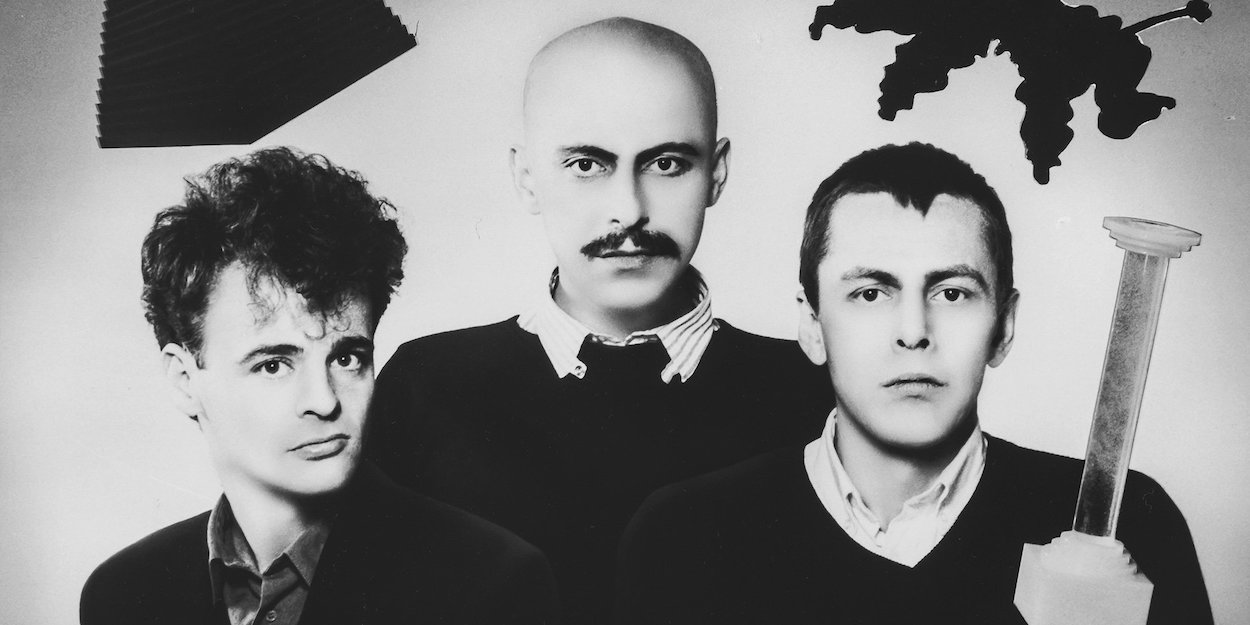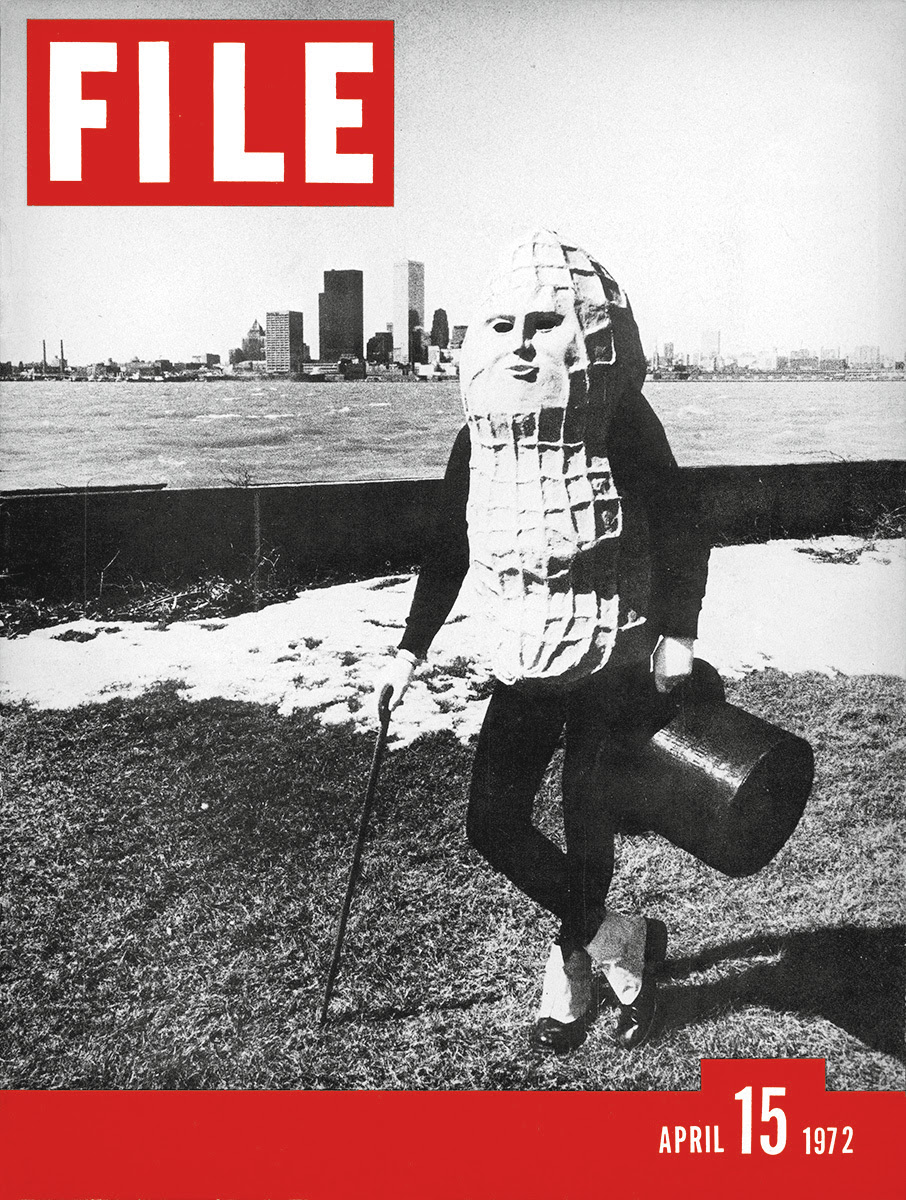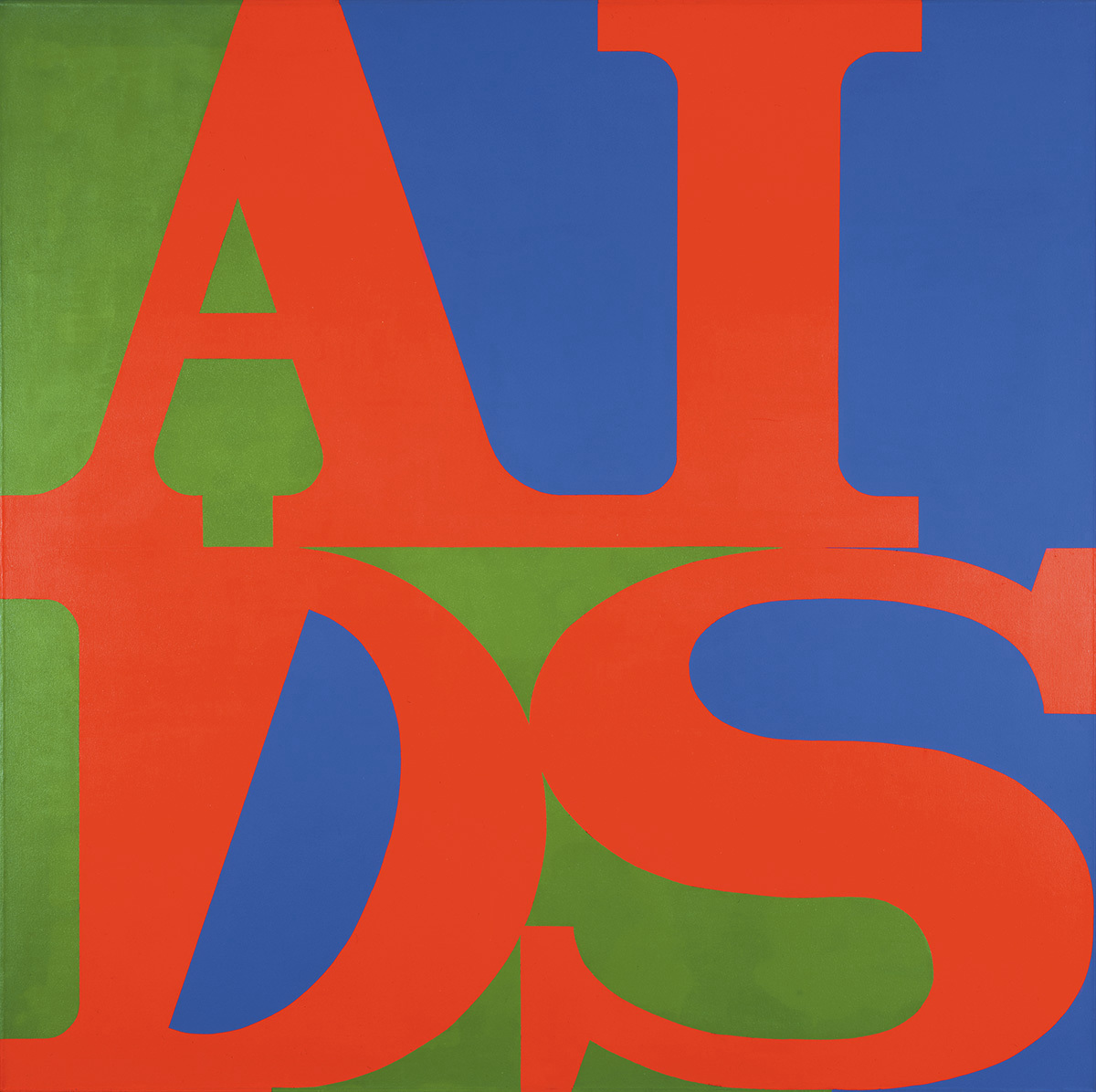Formed in the late 1960s and organized into a trio by 1973, General Idea—the late Felix Partz and Jorge Zontal, and the still-vital AA Bronson—authored a practice that, over the next 25 years, whipped up a fabulous brand of conceptual art, couching rage in kitsch and alienation in appropriation.
Early experiments in mail art delivered their first major work, The 1971 General Idea Pageant, which sewed together beauty contests—and drag responses to them—with the art world’s valorizing (and packaging) of genius. They launched the seminal FILE magazine the following year, an evisceration of the status-quo enforcement of media like Life; with its jargon and gloss, the magazine’s 16-year-run anticipated Spy in its relentless wit and Butt in its commingling of queer sex and aesthetics. The coming years found the group exploring graphic design and branding in the form of a poodle mascot, as well as video art, like 1984’s Shut the Fuck Up, that punched up at MTV with a limp wrist sensibility.
But it was the group’s ongoing response to the AIDS crisis that brought international attention. In 1987, as Partz and Zontal received diagnoses as HIV+, General Idea began seeding Imagevirus. For an AMFAR benefit, they made a painting that swapped out the four letters of Robert Indiana’s 1966 Love with AIDS; the image quickly infiltrated media including sculpture, wallpaper, stamps, and flypapered posters around the world. Was the work a furious acknowledgment of how despised the diseased were? Did it claim sites of infection could also be sites of affection? Was it a Warholian shrug at disaster, or reassertion of hippie optimism?
These queer sorts of questions were perhaps General Idea’s raison d’être, and won’t—can’t—be answered by a mere retrospective, swollen with some 200 works and major installations, videos, paintings, sculptures, and more, and buttressed by a major, self-titled catalog. The point is the freedom to ask, to reject answers given with a swish of the tongue, and go make the world your own.
Nobody plumbed the politics of glamour like General Idea, and at a time when queer sensibilities are increasingly co-opted while queer people remain under attack, their work looks better than ever. “That’s another topic, the queer content running through our work, done with just enough humor that nobody could hold it against us,” Bronson says. “At the time, if you defined yourself as a gay artist or a queer artist that would be the end of your career. Everything would be over. But we were constantly putting out traces of queerness in everything we did.”
“General Idea” is on display at the National Gallery of Canada (380 Sussex Drive, Ottawa) until November 20.



